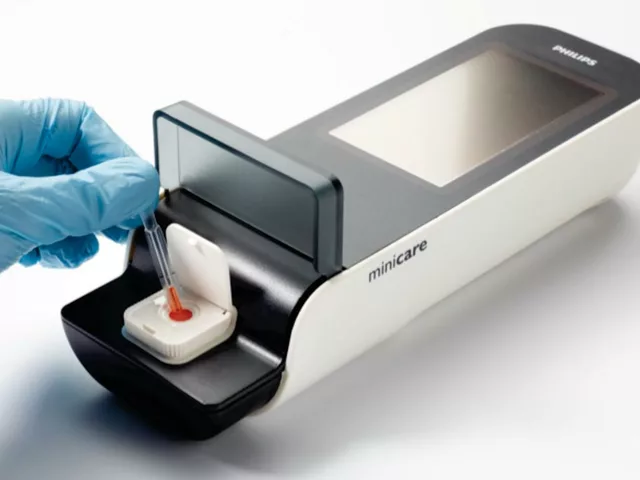Skin Exfoliation: What It Is, How It Works, and Why It Matters
When working with skin exfoliation, the process of removing dead cells from the outer layer of the skin to reveal fresher tissue. Also known as exfoliation, it helps improve texture, reduce clogging, and boost the effectiveness of other skincare steps. Chemical exfoliant, formulas containing alpha‑hydroxy acids (AHAs) or beta‑hydroxy acids (BHAs) that dissolve the bonds between dead cells works on a molecular level, while physical exfoliant, gritty scrubs or tools that manually slough off surface debris offers a more tactile experience. Both approaches ultimately accelerate keratinocyte turnover, the natural renewal cycle of skin cells that keeps the epidermis smooth and resilient. Faster turnover means fewer clogged pores, which is why dermatologists often recommend regular exfoliation as part of an acne treatment, a regimen that combines cleaning, medication, and skin‑supporting practices to keep breakouts at bay. The right method can also fade post‑inflammatory hyperpigmentation, smooth fine lines, and make moisturizers absorb better.
Choosing the Right Method for Your Skin Type
Everyone’s skin reacts differently, so picking the best exfoliant is a bit like finding the right workout. If you have sensitive skin, a gentle chemical exfoliant with low‑percentage lactic acid can smooth without irritation, because the acid works slowly and evenly. oily or acne‑prone skin often benefits from BHAs like salicylic acid, which can penetrate deeper into the pore lining and clear excess oil. On the other hand, those who love a DIY routine might reach for a fine‑grained facial scrub or a konjac sponge, but they need to avoid harsh particles that can micro‑tear the skin barrier.
Timing matters too. Most experts suggest exfoliating 2–3 times a week for normal to oily skin, and once a week for dry or mature skin. Over‑exfoliation can strip the skin’s natural oils, leading to redness, dryness, and even rebound oil production. Pairing exfoliation with a soothing moisturizer that contains ceramides or hyaluronic acid helps restore the barrier and lock in moisture. Remember, exfoliation isn’t a one‑size‑fits‑all—it’s a variable step that you can tweak based on season, stress levels, and any active treatments you’re using, like retinoids or benzoyl peroxide.
Beyond the basics, many newer trends combine the benefits of both chemical and physical methods. Enzyme powders derived from papaya or pineapple break down dead cells enzymatically, offering a milder alternative to gritty scrubs. Some devices use micro‑vibration or low‑level lasers to stimulate keratinocyte turnover without manual friction. These hybrid approaches can be especially useful for people with conditions like rosacea, where traditional scrubs might flare up symptoms.
When you start a new exfoliation routine, watch for signs of improvement: smoother texture, fewer blackheads, and a more even tone. If you notice persistent redness, stinging, or an over‑sensitive feeling, scale back the frequency or switch to a gentler formula. Consulting a dermatologist can also help you align exfoliation with other treatments, such as prescription retinoids, to avoid overlapping irritation.
In the collection below you’ll find detailed articles that dive into medication tolerance, heat safety for diuretic users, hormone‑related skin concerns, and more. Each piece adds a piece to the puzzle of how your skin reacts to internal and external factors, giving you a broader view of how exfoliation fits into overall health and wellness.



